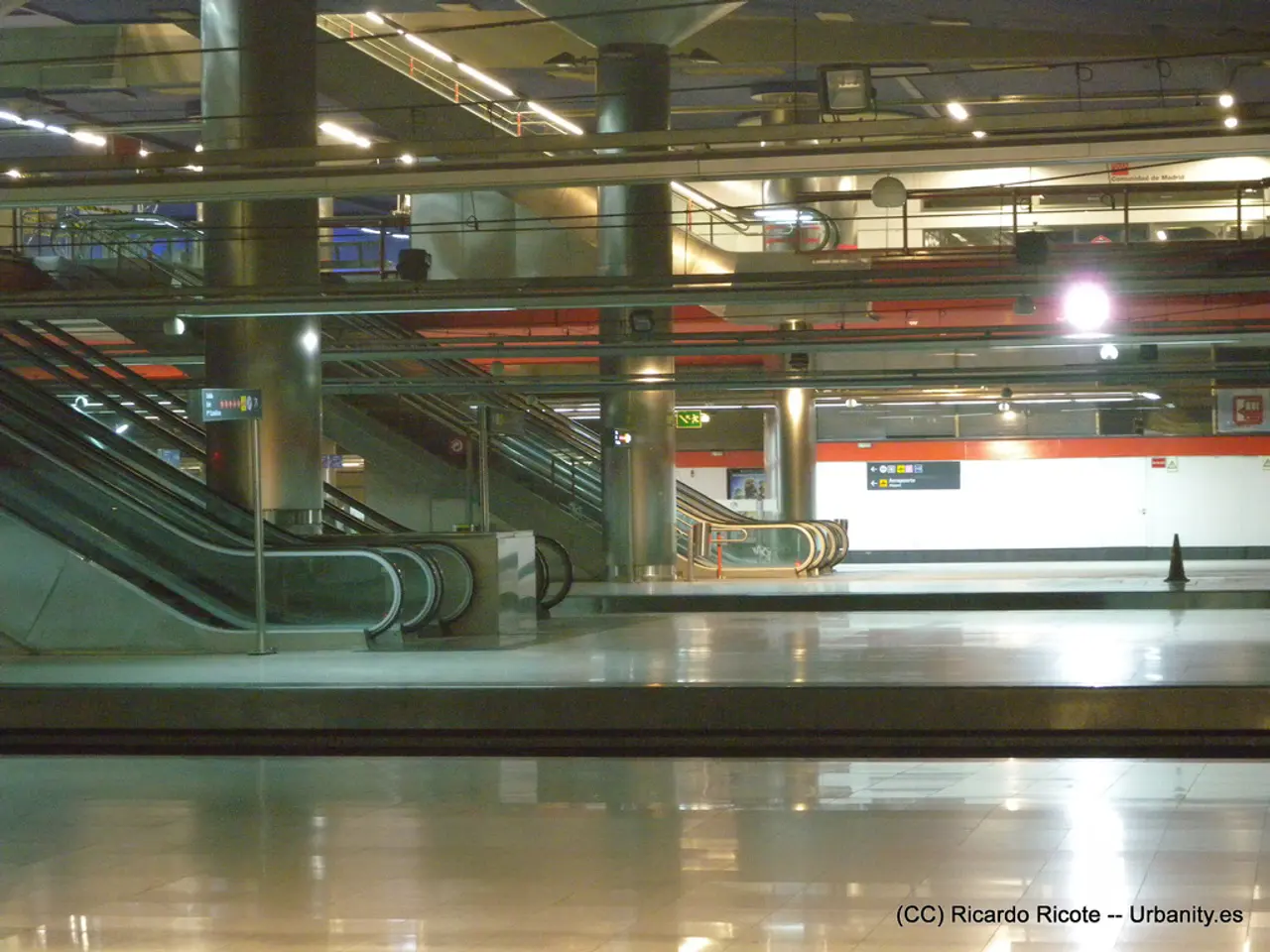Epilepsy: Recognizing Warning Signs Can Save Lives
Epilepsy, a neurological condition affecting around 500,000 people in Germany, can be managed more effectively with awareness of its warning signs. Recognising these signals can help prevent injuries and ensure timely assistance.
Epilepsy is characterised by recurrent seizures, which can vary greatly among individuals. Many experience warning signs, known as auras, before a seizure. These can include unusual sensations, feelings, or movements, as well as physiological changes like heart rate alterations or abnormal muscle twitches. Some advanced monitoring devices can even detect these changes, triggering alarms.
Understanding these warning signs is crucial as it allows people to take precautions. For instance, if you feel confused, anxious, or irritable, or notice muscle twitches, it might be time to avoid dangerous activities like driving or swimming. It's also important to inform others around you, so they can assist you if needed. During a seizure, help the person to the ground, clear the area, and stay with them until it's over.
Epilepsy seizures occur in stages: prodrome (warning signs), aura (initial symptoms), ictal (seizure), and post-ictal (recovery). Recognising and acting on these warning signs can significantly improve safety and quality of life for people with epilepsy.
Read also:
- Hospital's Enhancement of Outpatient Services Alleviates Emergency Department Strain
- Increased Chikungunya infections in UK travelers prompt mosquito bite caution
- Kazakhstan's Deputy Prime Minister holds discussions on the prevailing circumstances in Almaty
- In the state, Kaiser Permanente boasts the top-ranked health insurance program






